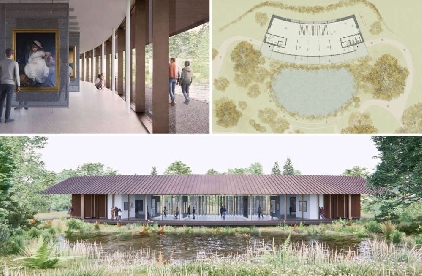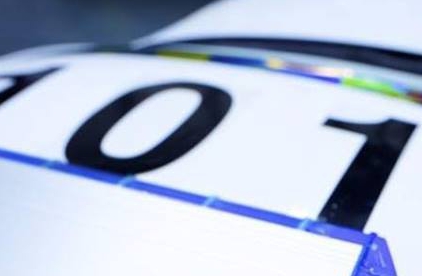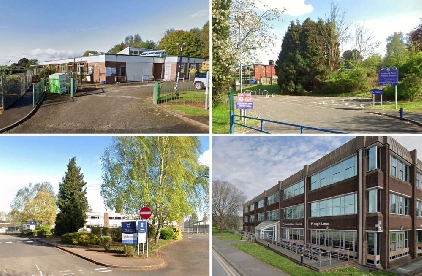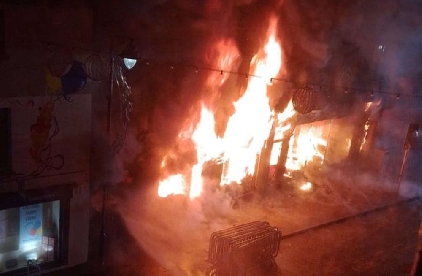
Plans have been put forward for a new art gallery in a scenic and historic Herefordshire spot.
The proposed Hellens Gallery would be in the grounds of Hellens Manor, near the village of Much Marcle, between Ledbury and Ross-on-Wye, which is owned and run by the Pennington-Mellor-Munthe Charity Trust.
The planned gallery “will provide a permanent home to Hellens’ impressive collection of paintings”, including works by van Dyck, Hogarth, Goya and Gainsborough, the trust’s planning application (number 241873) says.
These have been housed until recently in Southside House, Wimbledon, another historic property which the trust has now sold, as well as at Hellens itself.
The new single-storey gallery “will offer the opportunity to reunite the collection with the estate and preserve them under museum environmental conditions”, the application explains.
The “multi-functional” new building will also be used for musical and literary events, education, outreach and environmental programmes.
Designed by London-based studio Stanton Williams, the gently curved form of the “discrete, elegant pavilion” would sit alongside an existing duck pond among mature trees, some of which would need to be felled.
Full-length glazing would give views to the surrounding landscape beyond the paintings, which would be mounted on sliding racks.
These could be stacked away when using the gallery as a performance space, and would give flexibility in how works are displayed.
With two further gallery spaces at either end, the building would incorporate numerous sustainability features including high insulation, maximal use of natural light, ground-source heat pumps and sustainable drainage.
Comments on the planning application can be made until September 19.
Dating from the Middle Ages and described in the application as one of the oldest dwellings in England, Hellens Manor still serves as a family home.
It hosts the annual Hellensmusic classical music festival in May, as well as a programme of concerts and music teaching throughout the year which attracts international figures in classical music.
With Tudor and Jacobean elements, the grounds include a walled knot garden, a yew labyrinth, a “physic garden” and octagonal dovecote.
An old cider mill has been used in previous years to make perry and cider as part of the local Big Apple festival.

 West Midlands Ambulance study to trial lateral flow test for strokes
West Midlands Ambulance study to trial lateral flow test for strokes
 Former West Mercia officer dismissed after perverting the course of justice
Former West Mercia officer dismissed after perverting the course of justice
 Appeal to find missing Monmouthshire man
Appeal to find missing Monmouthshire man
 Herefordshire Lotto winners appear in iconic image
Herefordshire Lotto winners appear in iconic image
 School contracts worth over £1 million announced
School contracts worth over £1 million announced
 Emergency response exercise held just days before fire ripped through town centre
Emergency response exercise held just days before fire ripped through town centre
 Appeal following Leominster car theft
Appeal following Leominster car theft
 Abergavenny Fire: MP visits "devestating scene"
Abergavenny Fire: MP visits "devestating scene"
